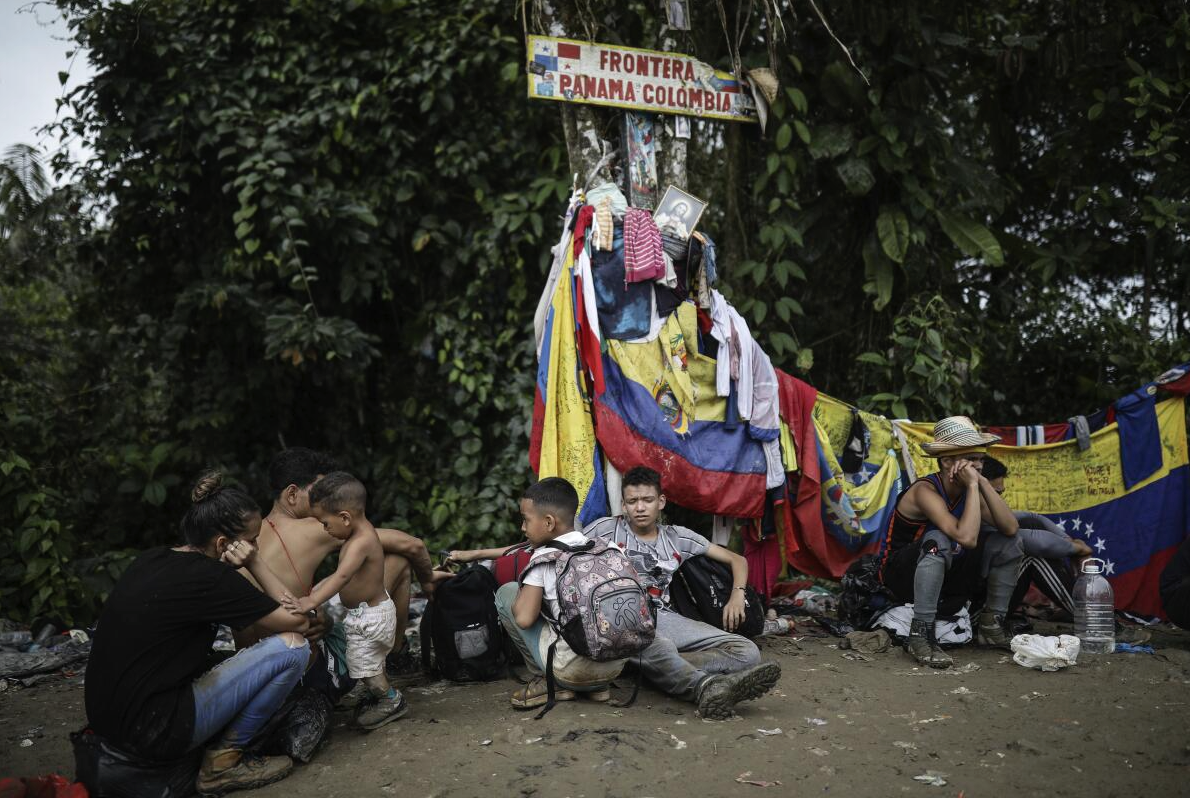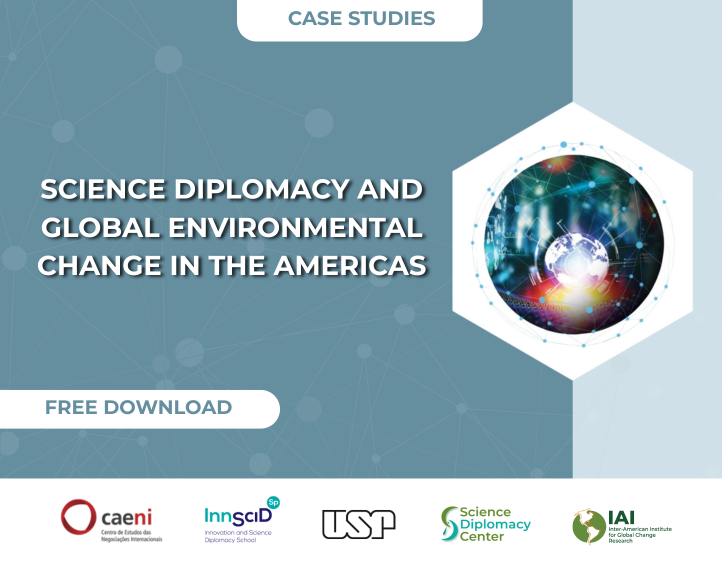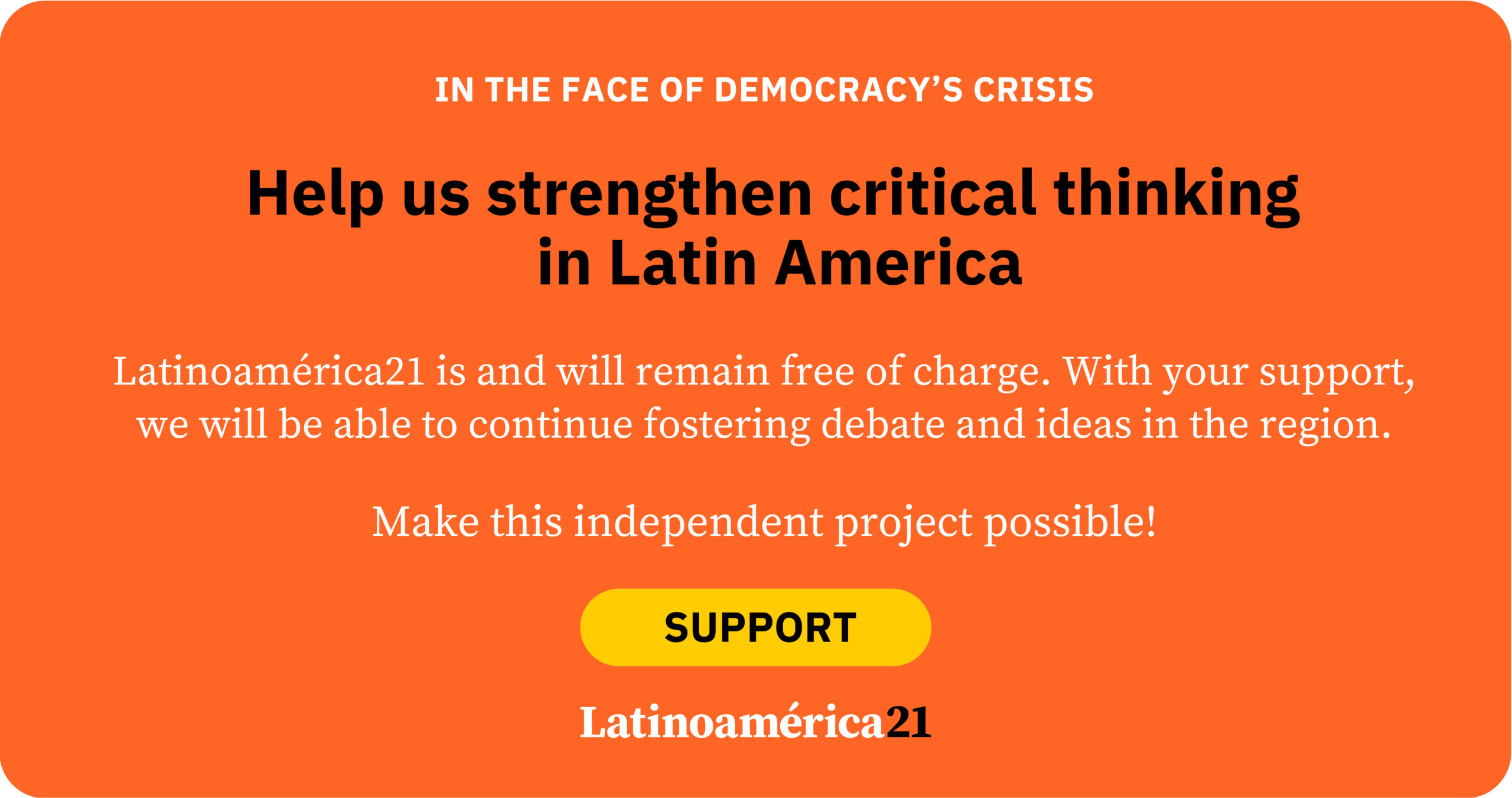The growing migration crisis in Central America, symbolized by the unprecedented flow of migrants through the dangerous Darién Gap, has become a clear representation of the failures in regional governance and the increasing humanitarian challenges in managing displaced populations. The Darién jungle separates South America from Central America and is the only interruption in the Pan-American Highway that connects the Americas.
Since 2020, the number of migrants crossing the Darién Gap has surged from 8,000 to nearly 500,000 by the end of 2023, according to the United Nations Refugee Agency (UNHCR). Most of these migrants are Venezuelan citizens (almost 60%), along with individuals from Haiti, Ecuador, and, more recently, China. Children, people with disabilities, and those suffering from chronic illnesses or mental health issues make up a significant portion of these migrant groups. Hundreds of thousands of irregular migrants from various countries cross the Darién Gap into Panama from Colombia, with most aiming to reach the United States.
This increase in irregular migration has led to stricter policies in the United States, resulting in the deportation of many migrants, often to Central American countries. Recently, a shift toward even more restrictive policies has significantly impacted migration dynamics across the Americas. Panama’s newly elected president, José Raúl Mulino, took office in July 2024, promising to “close the Darién” as a response to the humanitarian crisis. The decision to close the Darién crossing led to the installation of a barbed-wire fence, with deep implications for regional migration dynamics and the human rights of migrants. This unilateral action, along with U.S.-funded deportations, has several key impacts and raises important questions about state responsibility in providing protection.
First, closing the crossing forces migrants to seek alternative routes, which are likely longer and more dangerous. This increases the risk of violence, exploitation, and adverse conditions during the journey and could also fuel human trafficking networks as migrants turn to smugglers for new routes, exposing them to further exploitation and abuse, as reported.
The closure and deportations fundamentally violate states’ obligations under international law and human rights, including the right to seek asylum and protection from deportation to places where migrants face significant risks. Furthermore, these actions infringe on basic principles of dignity and humanitarian protection, exacerbating the suffering of individuals already fleeing extreme hunger, violence, and poverty. Migrants now blocked by the barbed-wire fence are in an even more vulnerable situation, with inadequate access to basic services such as food, water, healthcare, and shelter. Panama’s closure of the Darién crossing, combined with the pause in asylum under the Biden administration in the U.S., has created a critical situation for migrants in the region, leaving them stranded and in limbo.
This situation has exposed a deep governance crisis, not just at the bilateral level but regionally. The corridor connecting Colombia and Panama has become a microcosm of regional systems that have failed to protect displaced people. Instead of providing solutions, these structures are caught in a global dynamic that criminalizes migrants and limits their access to protection and basic rights.
At the 79th Session of the United Nations General Assembly, Panama’s president, Mulino, surprised many by distancing himself from the speech of his predecessor, Laurentino Cortizo Cohen, who, a year earlier, at the 78th Session of the United Nations General Assembly, stated: “This is an unsustainable situation… in which we are victims, not responsible.” However, Mulino has opted for a more pragmatic stance, softening the hard rhetoric of border closures. Recognizing the need for a regional and multilateral approach, his speech advocated for cooperation beyond national borders, marking a clear break from the tendency to blame other countries.
A key point in Mulino’s address was his departure from the official narrative that for years insisted “the Darién is not a route; it’s a jungle.” Instead of perpetuating this view, the president acknowledged that the Darién is indeed a migration route, and the priority now is to make it safe and efficient. What does a “safe and efficient” route mean? That remains to be defined, but it suggests a more collaborative and realistic approach to the issue, moving away from the inaction that characterized previous administrations.
A crucial element of this strategy has been his outreach to Colombian President Gustavo Petro, which has eased bilateral tensions and opened the door to multilateral action. This new approach also presents an opportunity to revitalize regional initiatives like the Cartagena Agreement, which could be key to rethinking the migration crisis from a broader perspective. It’s not just about human rights but also linking these efforts to the Sustainable Development Goals (SDGs), particularly in critical areas such as health and the environment, which have been severely impacted by the migration crisis in the region.
The challenge now lies in turning this rhetoric into concrete policies. While this is an important step, the regional challenge for institutions like the Andean Community (CAN), Mercosur, and the Central American Integration System (SICA) is that they currently lack both the capacity and a clear agenda to drive shared efforts or mobilize cross-border cooperation and resources.
Regional cooperation based on respect for human rights and international commitments will be essential to ensuring that the rights of persecuted and displaced individuals are protected both nationally and regionally. The task is immense, but this shift in discourse represents an opportunity to reassess border policies, reshape the regional response and international cooperation, and create more humane and sustainable solutions to the crisis affecting hundreds of thousands of displaced people.













